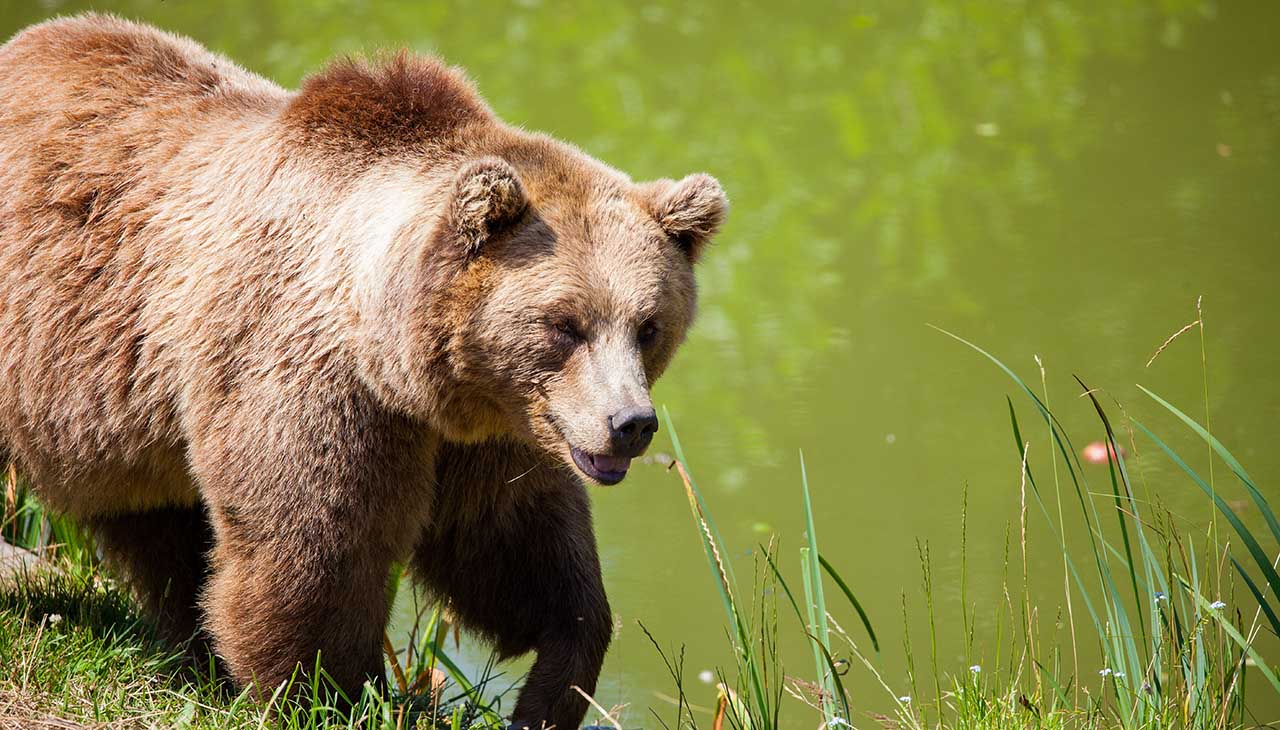Ethical hunting practices are essential to maintaining the delicate balance of ecosystems, particularly in the case of Kodiak bear safaris. Kodiak bears, the largest subspecies of brown bear, reside primarily on the Kodiak Archipelago in Alaska. Hunters and wildlife enthusiasts alike are drawn to these majestic creatures, making it crucial to approach such safaris with respect and responsibility. The pursuit of these animals must always be underpinned by conservation efforts and adherence to regulations designed to preserve the species and its habitat for future generations.
Regulatory Framework
The legal framework governing Kodiak bear safaris is rigorous, reflecting the importance of these bears to the ecosystem and local culture. Hunting is regulated by the Alaska Department of Fish and Game (ADF&G) and requires permits that are often distributed through a lottery system, ensuring a limited number of bears are harvested each year. This not only helps manage the bear population but also maintains the natural order. Additionally, specific hunting seasons and zones are established, and every hunter must possess a valid hunting license as well as a big game tag for the bears. It’s essential to reiterate the critical role these regulations play in ethical hunting practices; they ensure that hunting does not detrimentally impact the Kodiak bear population and that the ecotourism economy, which provides substantial benefits to the local communities, remains sustainable. Adherence to these laws is not just a legal obligation but also a moral imperative for the conservation of a species synonymous with the wilderness of Alaska.
Conservation and Sustainability
Conservation and sustainability lie at the heart of ethical hunting, particularly in the context of Kodiak bear safaris. Hunters participating in these expeditions are encouraged to practice fair chase principles, pursuing animals in a manner that does not give the hunter an improper advantage over the bears. This encourages a respectful and balanced interaction with wildlife. Additionally, sustainable hunting practices involve taking only older, solitary bears that have already contributed to the gene pool, thereby minimizing the impact on the bear population’s growth and health. Such selective hunting, when done in accordance with population management goals set by wildlife biologists, helps to avoid overharvesting and ensures that the bear population remains robust.
Ethical hunting also contributes to the maintenance of the ecosystem by helping to preserve the balance between predator and prey and ensuring that bear populations do not exceed the carrying capacity of their environment, which can lead to starvation and disease. By generating revenue through hunting permits, conservation efforts can be funded, including habitat preservation, research, and anti-poaching initiatives. Ultimately, ethical hunters serve as stewards of the land, playing an active role in maintaining the natural beauty and diversity of Kodiak’s wilderness for future generations.
Fair Chase
The concept of Fair Chase in hunting is predicated on the ethical and sporting pursuit of game animals in a manner that is respectful to the animal and devoid of unsportsmanlike conduct. It encompasses principles that give the hunted animal a fair chance to elude the hunter, thus ensuring that the hunt is a test of the hunter’s skill and knowledge rather than merely an exercise of power. In the context of Kodiak bear safaris, fair chase means hunting in the bear’s natural habitat without the aid of methods that might unduly stress or force the animal into a disadvantageous position.
Examples of fair chase principles in Kodiak bear hunting include prohibiting the use of baiting or dogs, both of which would give the hunter an unfair advantage by manipulating the natural behavior of the bears. Hunters are also discouraged from shooting bears in dens or when they are swimming, as these situations do not provide the bear a reasonable chance to escape. Instead, ethical hunters engage in spot-and-stalk techniques, where hunters track bears on foot and assess the animal before deciding to take a shot, honoring the bear’s dignity and the sport’s integrity. Such adherence to fair chase principles reinforces ethical hunting commitments to conservation and sustainability while ensuring that the experience remains a profound encounter with one of nature’s most formidable creatures.
Community Engagement
The involvement of local communities is paramount in the promotion of ethical hunting practices in Kodiak bear safaris. These communities are often the custodians of the lands on which Kodiak bears roam and have a deep-seated interest in the preservation of their natural heritage. By participating in community-led initiatives, locals help establish and uphold ethical standards that are culturally sensitive and ecologically sound. They work closely with regulatory bodies like the ADF&G to ensure hunting activities are conducted responsibly and sustainably.
Within these communities, there is an intrinsic understanding that ethical hunting is not only about individual behavior in the wilderness but also about collective action and education. Local schools and community centers often host workshops and seminars aimed at educating both young and old about the importance of conservation, respectful wildlife engagement, and the impact of hunting on the local economy and ecology. Community elders and experienced hunters pass on traditional values and practices that emphasize respect for the land and the animals that inhabit it, ensuring that these principles are ingrained in the cultural fabric.
Moreover, local communities frequently interact with hunters from outside the region, playing a crucial role in imparting ethical hunting values. They share their extensive knowledge of the terrain and animal behavior, thereby enhancing the visiting hunters’ understanding and appreciation for fair chase principles. This collaborative approach to wildlife management and ethical hunting practice not only enriches the safari experience but also strengthens the bonds between humans and nature, ensuring Kodiak bear populations thrive for generations to come.

